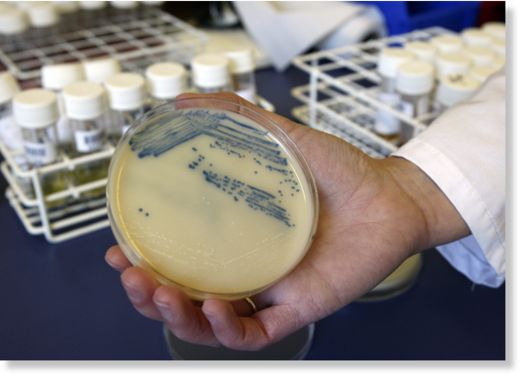
An 86-year-old Ontario man was found to be carrying bacteria resistant to most antibiotics because of NDM-1, or New Delhi metallo-1, an enzyme that alters the DNA of various types of bacteria. NDM-1 is endemic in India and Pakistan and has spread worldwide due to global travel.
But the patient, who was admitted to hospital and then a rehabilitation centre after suffering a stroke last October, had not travelled outside southwestern Ontario for the last decade. None of the man's family members or other close contacts were carrying the superbug, nor had any been to parts of the world where NDM-1 is widespread.
"So it's really unfortunately a mystery in terms of his source, and it certainly suggests that he acquired it here in the southwestern Ontario region," said Dr. Susan Poutanen, an infectious disease physician at Mount Sinai Hospital in Toronto.
"So whether it was in Toronto, whether it was outside of Toronto, whether it was in hospital or whether it was in the community, at this point we really can't say," added Poutanen, principal investigator of a study describing the case.
She said the case is not cause for public alarm but is meant to alert hospitals and laboratories not to dismiss NDM-1 as a cause of drug-resistant bacteria in patients merely because they have not travelled outside Canada.










Comment: See also: Tips & tricks for starting (or restarting) low-carb Pt II